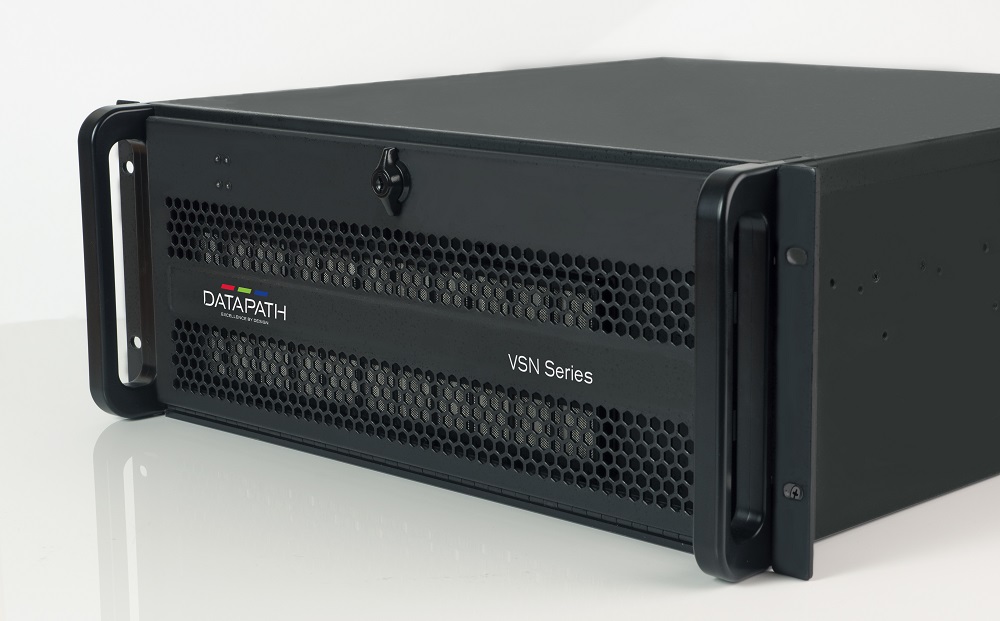Datapath, the Derby, U.K.-based, provider of video management and control technology, has introduced Intel’s Xeon CPU to its VSN V3 videowall processor to meet the demand for today’s high resolution, high demand Control Room applications.
Datapath’s VSN systems are used by governments and organizations around the globe, in industries ranging from defense and network security to utility and blue-light services. Already available with Core i9 or i7 processing power, the addition of a Xeon processor now gives the VSN V3 a further CPU option, with a clock speed of 4.8GHz and a 16MB cache. Memory options are the highest in the Datapath range — up to 128GB, with USB 3.0 included to support high transfer speeds and connectivity to the latest devices.
Along with a choice of processing power, each VSN V3 can be preconfigured with Datapath Image graphics, Vision capture, and SQX IP decode cards for specific project requirements of any size. Adding to its efficiency credentials, the VSN V3 chassis boasts an award-winning design — optimizing airflow to improve heat management and reduce noise. This design, along with a new platinum rated redundant power supply, makes this the most efficient VSN to date, says Datapath.
Related: Datapath to Showcase Command-and-Control Innovations at NRTCCA Conference
Datapath’s VSN V3 Videowall Controller Features Enhanced Cooling and Hot-Swappable Fan Technology
The latest VSN backplanes are designed by Datapath engineers to ensure stability and cool operating temperatures. The chassis also includes unique hot-swappable fan technology, enabling uninterrupted 24/7 use and maintenance in the most critical installations.
Trusted by governments and organizations across the world, Datapath’s VSN V3 videowall controller has been designed for use in demanding control room environments. Each component has been rigorously tested to ensure high levels of performance and reliability, says Datapath. Diag-Suite is available on all Datapath systems and provides real-time information on the performance of the controller and can be used by system administrators and support teams to quickly identify and rectify any unlikely system issue.










